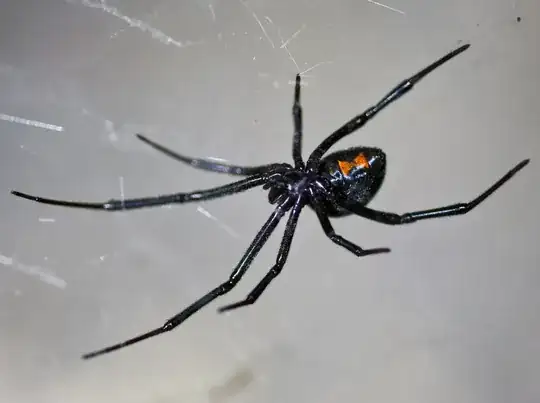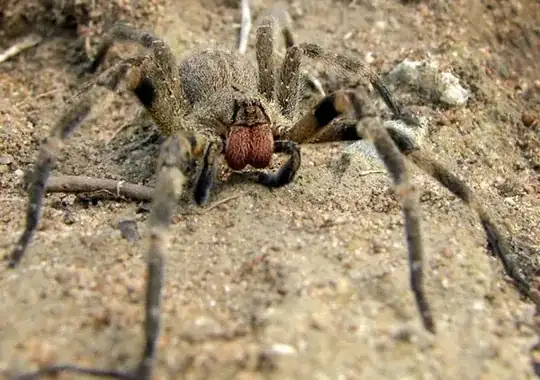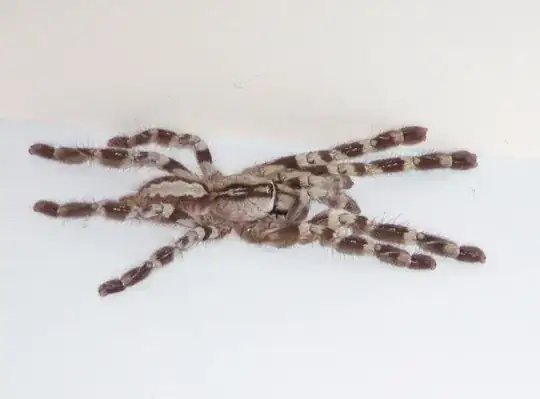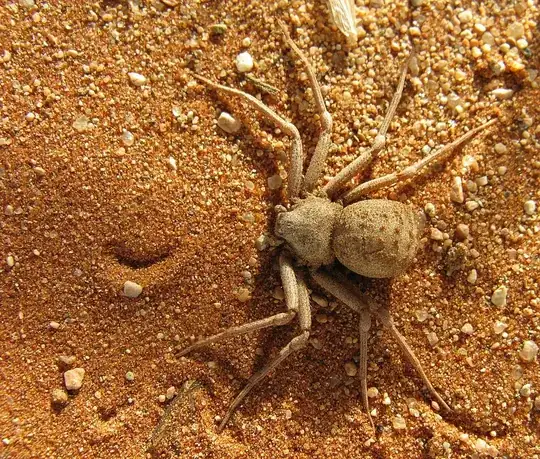The claim
First let's start with noting that the goal of the episode was to get children over their irrational fear of spiders and making those children see the bigger picture.
Mummy says cobwebs mean spiders and she hates spiders but Daddy Pig doesn't because spiders eat flies and flies are horrid.
Source: Synopsis of episode https://peppapig.fandom.com/wiki/Spider_Web
And taking the claim "spiders are “very very small” and “can’t hurt you”" as a completely literal statement when it's from a show meant for children teaching vague general rules is not correct.
If we for example take a look at animal deaths in the US from 2008 to 2015 we find a lot more deaths due for example dogs than venomous spiders. Now imagine the same episode teaching children to not be afraid of dogs and whether a statement along the lines of "dogs are man's best friend" would be taken literally. It's of course not a 1:1 comparison at all, but the point is just to question whether the statement should be taken completely literally.
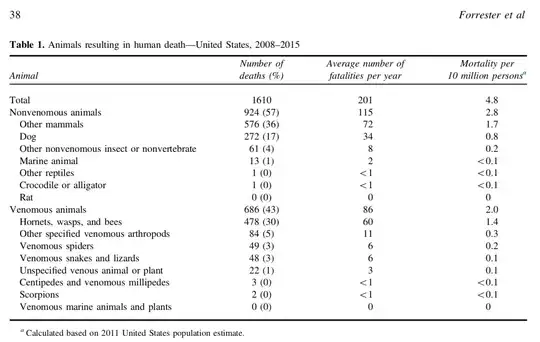
Source: wormsandgermsblog.com
Arachnophobia is the irrational fear of spiders (e.g. when my cousin literally was too afraid to pass under a bridge because there might be a spider hiding as there were some (old) cobwebs visible). This irrational fear is more common in children and adolescents and a claim like this needs to be understood in the context of trying to prevent and help people away from such phobias. Point is once again that the claim should be understood as an educational statement trying to help with a social problem.
People with phobia cause discomfort to others, and their behavior is socially unacceptable. Although individuals with phobia are aware that their fear is irrational,they cannot control their feelings. Therefore, a phobia is unquestionably a social dilemma
[...]
The initial age for animal phobia is usually 12 years old.One of the largest epidemiological studies in this field (n =43093) on specific fears was done in the United States and found that the highest prevalence of phobia was in children and adolescents.
Source: Entomophobia and Arachnophobia Among School-Age Children: A Psychological Approach
Important: This is not to say that this fully justifies such a claim as mild non-phobic fear/aversion of spiders you don't recognize is probably pretty healthy.
A literal interpretation of the claim
If we do take the claim literally than of course the table above does show that in the US there are just 6 fatalities per year due to venomous spiders ("just" compared to the danger of for example hornets, wasps and bees).
Looking at the home market of the show - the UK - the claim however is even literally pretty reasonable
How many UK spiders are actually dangerous?
Essentially, none.
There are three common spiders in the UK that are capable of biting you: the cellar spider, the woodlouse spider and the false widow spider. Their bites are painful and have been known to cause swelling for a few hours.
In 2014 a 60-year-old woman died after being bitten by a false widow spider. However, the cause of death was due to a bacterial infection from the puncture wound, rather than the spider venom itself.
Source: https://www.sciencefocus.com/nature/how-many-uk-spiders-are-actually-dangerous/
That doesn't mean nobody has an allergic reaction to a spider bites (or otherwise ends up with complications) or that spider bites never cause an infection (just like any scratch) which is why the anecdote in the highest voted answer is so misleading. It's the bigger picture (how common is something bad compared to how afraid people are) which explains why certain fears need to be addressed. In my personal opinion the show could have taken an even more nuanced tone (they suggest leaving them outside the house and not killing them which is already pretty reasonable).


